-
Membership
Membership
Anyone with an interest in the history of the built environment is welcome to join the Society of Architectural Historians -
Conferences
Conferences
SAH Annual International Conferences bring members together for scholarly exchange and networking -
Publications
Publications
Through print and digital publications, SAH documents the history of the built environment and disseminates scholarship -
Programs
Programs
SAH promotes meaningful engagement with the history of the built environment through its programs -
Jobs & Opportunities
Jobs & Opportunities
SAH provides resources, fellowships, and grants to help further your career and professional life -
Support
Support
We invite you to support the educational mission of SAH by making a gift, becoming a member, or volunteering -
About
About
SAH promotes the study, interpretation, and conservation of the built environment worldwide for the benefit of all
2023 EDILIA AND FRANÇOIS-AUGUSTE DE MONTÊQUIN SENIOR SCHOLAR FELLOWSHIP REPORT
Jun 20, 2024
by
Emily Neumeier, Assistant Professor of Art History, Temple University
With the generous support of an Edilia and François-Auguste de Montêquin fellowship, I have initiated the first stages of archival research and field documentation for a new book project, tentatively titled “Florida Orientalism: Islamic Architecture in the American Imagination.” This project investigates the role of historical revival architecture in selling Florida as an exotic land of fantasy and leisure, well before Walt Disney set his sights on Orlando. During an academic research sabbatical for the 2023-2024 academic year, the SAH fellowship enabled me to make multiple trips to dozens of sites, archives, libraries, and museums across the state, primarily in the regions of Tampa, St. Augustine, and Miami. [1]
The phenomenon I describe as “Florida Orientalism” can be defined as a process in which, beginning the late nineteenth century, the southeastern United States became an ersatz Orient in the minds of Americans. A unique set of circumstances in Florida—expansion of long-distance transit networks, mass migration and tourism to southern climes, and a colonial tradition ripe for appropriation—led to a proliferation of architecture inspired by the Islamic Mediterranean. Because the Islamic world encompassed the Iberian peninsula for centuries, several of the case studies examined in this project make explicit reference to Hispano-Islamic architecture, such as the Alhambra palace in Granada [Figure 1] or the Giralda tower in Seville [Figure 2]. On a broad scale, this study stands as an examination of Orientalist architecture and visual culture in the United States, all presented through the lens of land development in Florida, ranging from resort hotels founded by railroad magnates in the late nineteenth century to speculative urban developments that emerged as part of the 1920s real estate boom.
Orientalist architecture is a revival style that emerged in the mid-nineteenth century and references historical architecture from the Islamic world in terms of decoration or structural form. [2] While architects and critics of the time classified the style of these structures with terms like “Moorish” or “Indo-Saracenic Revival,” in this project I employ the framework of Orientalism because it prompts us to contend with the material in light of the postcolonial theory laid out by Edward Said that aims to understand how the West represents the exotic Eastern “other” as a means of self-definition. [3] Using Orientalism as a lens helps explain why modern architecture in Florida is often variously referred to as being in a “Spanish,” “Mediterranean,” or “Moorish” Revival style. From this perspective, stucco buildings with courtyards decorated in colorful tilework become unstable signifiers that effectively make the geography of Spain interchangeable with, say, Tunisia or Egypt, for Americans at the turn of the century.
My series of research trips began in Tampa, where I visited several sites, including the Henry B. Plant Museum. Today part of the University of Tampa campus, the buildings housing this museum were first opened as the Tampa Bay Hotel in 1884, designed by the architect John A. Wood [Figure 3]. The hotel was the brainchild of the tycoon Henry B. Plant, who decided to establish a luxury hotel at the terminus of a railroad line that extended from New York all the way down to Florida, the main idea being to attract wealthy northerners sick of gray winters to come spend the season in what was being marketed as the “American Riviera”—an unblemished, tropical paradise. The architecture explicitly underscores this strategy of framing Florida as a land of fantasy and recreation, which can especially be seen in the horseshoe arches of the veranda—in this case translated into a light wood scaffolding—and the seven aluminum minarets, complete with golden crescents, which have long punctuated the skyline of Tampa’s downtown district [Figure 4]. During my research visit to the Plant Museum, I was able to access a wealth of archival documents and examine a range of souvenirs available for purchase for hotel visitors such as postcards, transferware plates, spoons, fans—all of this ephemera being invaluable in understanding how this experience was being marketed to and consumed by guests. [4]
The second leg of my travels took me to St. Augustine. [5] What had originally been a colonial outpost for Spanish conquistadors—the first settlement of its kind in what is now the United States—emerged in the late nineteenth century as a flourishing tourist destination. This development was largely driven by another railroad magnate, Henry Flagler, who had decided to expand his own transportation network from the northeast down the eastern seaboard. In St. Augustine, Flagler hired the famed architecture firm Carrère and Hastings to construct two luxury hotels—the Ponce de Leon (1885) and Alcazar (1887). While these architects are best known for their Beaux-Arts behemoths like the New York Public Library, their Florida commissions are more eclectic in referencing historical architecture throughout the Mediterranean [Figures 5 & 6]. In a brochure produced by the firm to promote these hotels, they assert that visitors will find “in Florida a more luxurious life, where a sun-warmed atmosphere replaces the baked air of anthracite furnaces […] Here are the vivid blue skies and brilliant sunshine of Egypt and of Spain, while the ‘best loved west wind’ sighs through the pine barrens with sweet and hallowed tone, bearing to the invalid resinous and healing odors.” [6] It should be noted that in this text, the geography of Florida serves as an analogue for the Mediterranean. This concept was conveyed even more directly at the Villa Zorayda, the private residence of Franklin Smith, who aimed to build his own Alhambra palace in St. Augustine [Figure 7]. The home was built in 1885, the same year as the Ponce de Leon, and is only a block away from the hotel.
My final research visit took me to Miami, the “magic city” that experienced a major real estate boom in the 1920s. [7] Part of this phenomenon was the mushrooming of new urban developments seemingly overnight. Of special interest for my study is the creation of Opa-Locka in 1926, a township whose civic buildings, infrastructure, and residences are all based around the theme of the literary work The Thousand and One Arabian Nights [Figure 8; and see Figure 1]. While the buildings of Opa-Locka make direct references to historical Islamic architecture through the abundant use of architectural elements like domes and minarets, neighboring developments like Coral Gables (founded 1925) also traffic in a mélange of stylistic references to the Mediterranean, from Spain [Figure 9; and see Figure 2] to Venice [Figure 10]. Indeed, in this land of fantasy, strict academicism was hardly the point. In a volume produced to promote Coral Gables, it is noted that the founder George Merrick described the architecture there as “a modified ‘Mediterranean’ style. It was neither pure Spanish nor Italian, but a combination of what seemed best in each, with an added touch of gaiety to suit the Florida mood.” [8]
As can be seen here in this brief survey, the case studies included in this project comprise a full range of civic, recreational, and luxury residential architecture that feature total themed environments designed in the Orientalist mode. I maintain that this concept of “theming” is a critical and specific feature of Florida Orientalism: the impulse to build—on a massive scale—entire physical worlds that appropriate historical architecture and cultural traditions for the bald purpose of entertainment and marketing.
It was a great privilege to conduct this research with the assistance of an Edilia and François-Auguste de Montêquin fellowship. The documentation resulting from this fieldwork will certainly benefit my own project but also contribute to SAHARA’s collection on modern American architecture, as the majority of the buildings discussed here have not yet been included in this image database.
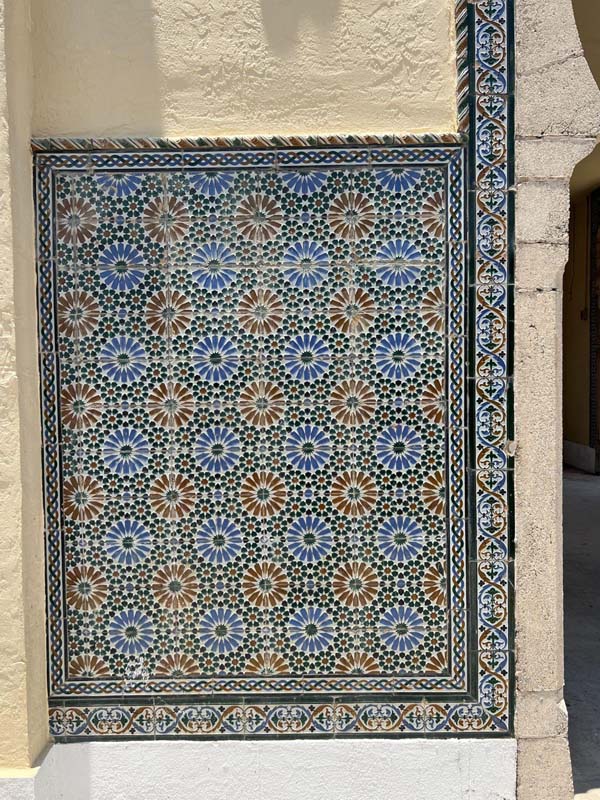
Fig. 1: Detailed view of the tilework at the old train station in Opa-Locka.
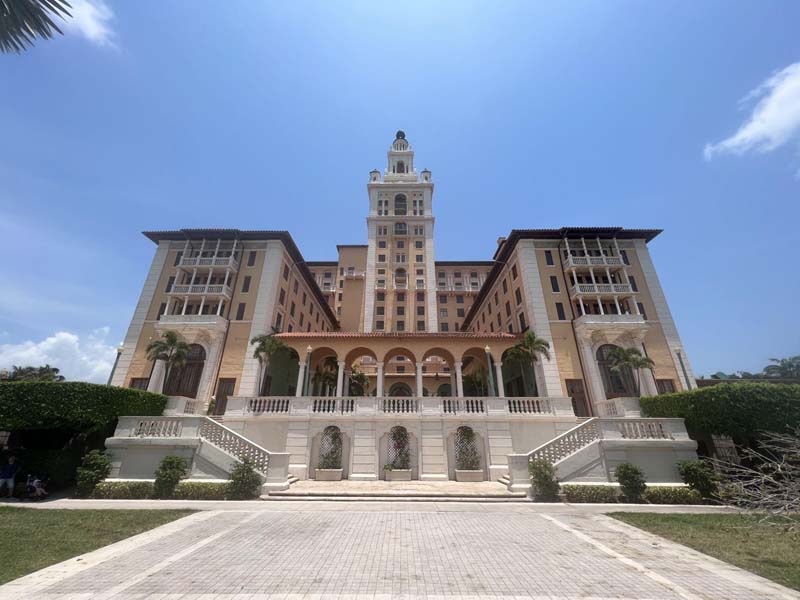
Fig. 2: The Biltmore Miami Hotel in Coral Gables.
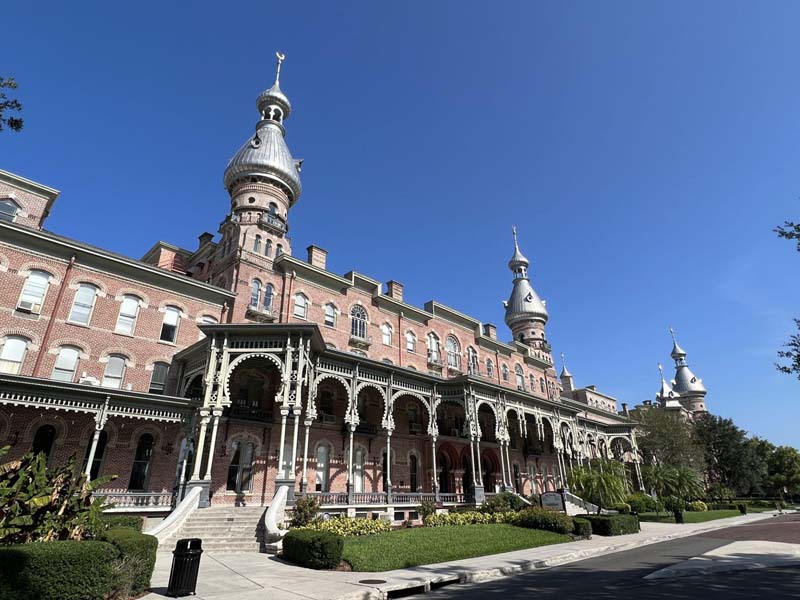
Fig. 3: General view of the Tampa Bay Hotel (today the University of Tampa).
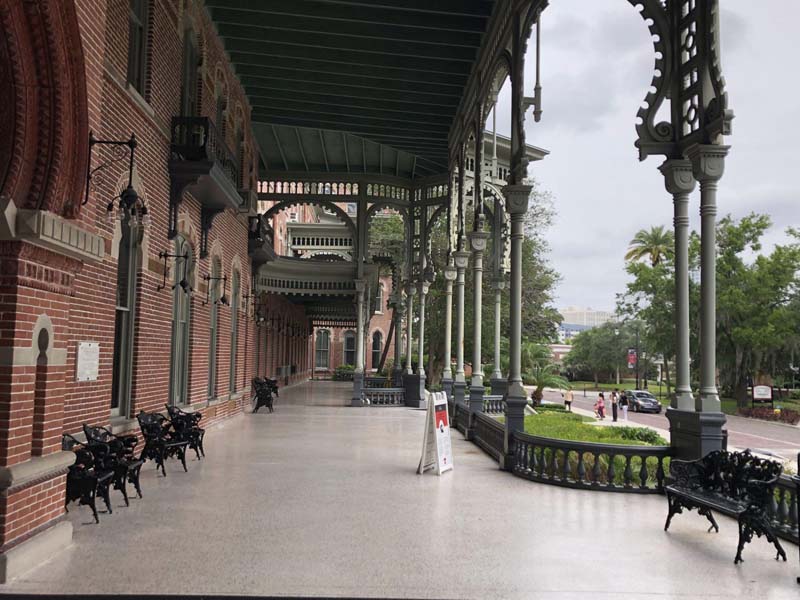
Fig. 4: The veranda of the Tampa Bay Hotel (today the University of Tampa).
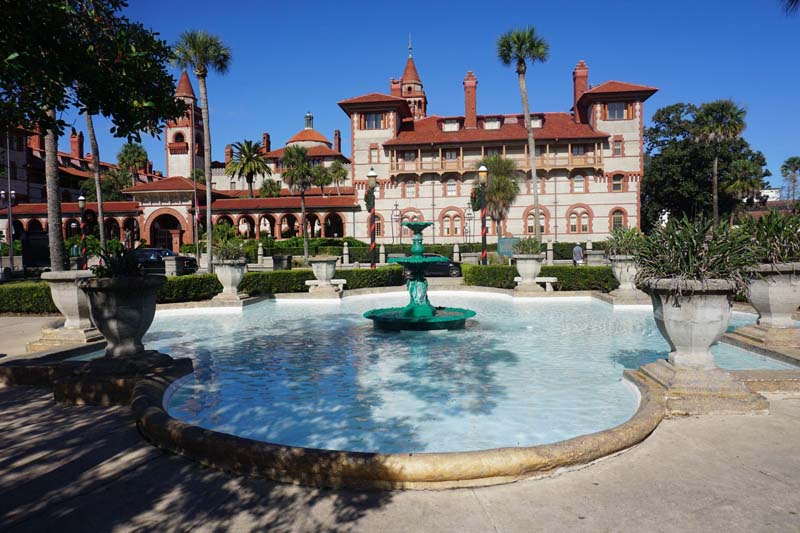
Fig. 5: General view of the Ponce de Leon Hotel in St. Augustine.
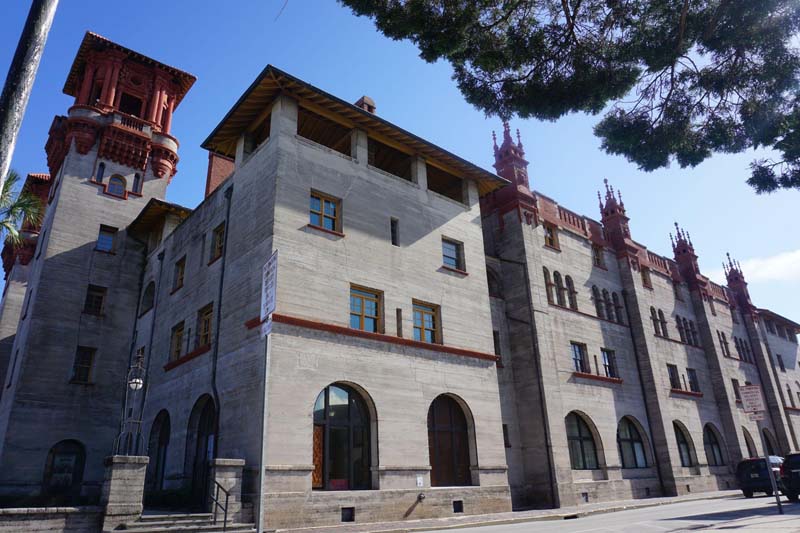
Fig. 6: General view of the Alcazar Hotel in St. Augustine.
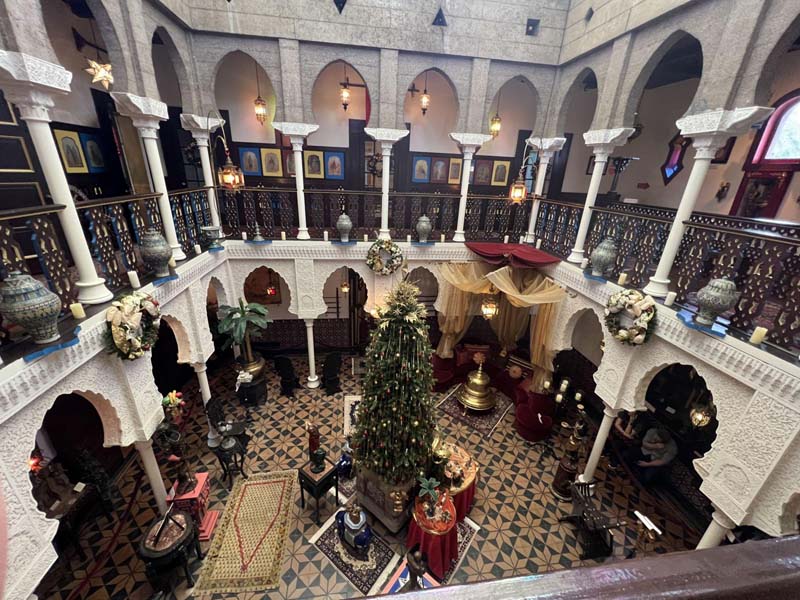
Fig. 7: Central interior courtyard space of the Villa Zorayda in St. Augustine.
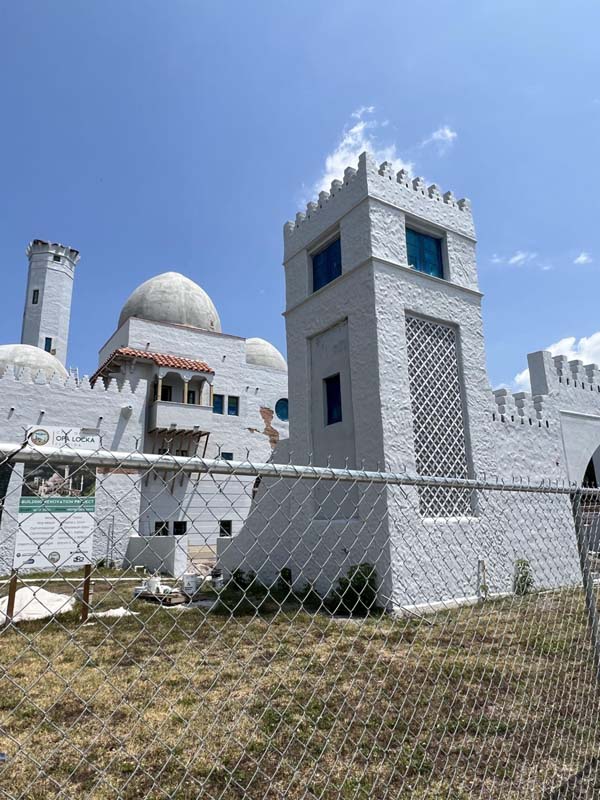
Fig. 8: The old city hall of Opa-Locka. The building is currently undergoing renovations and is planned to re-open in late 2024.
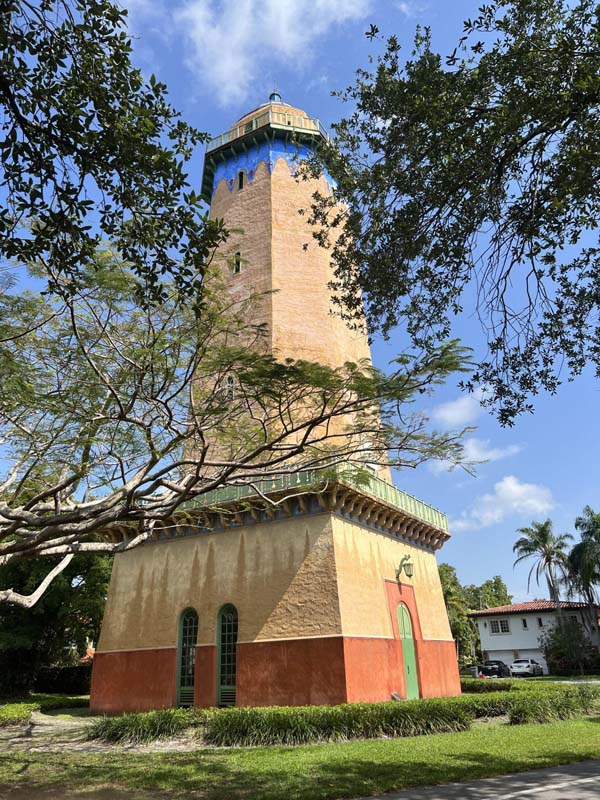
Fig. 9: The “Alhambra Tower,” serving as a water tank for the community of Coral Gables.
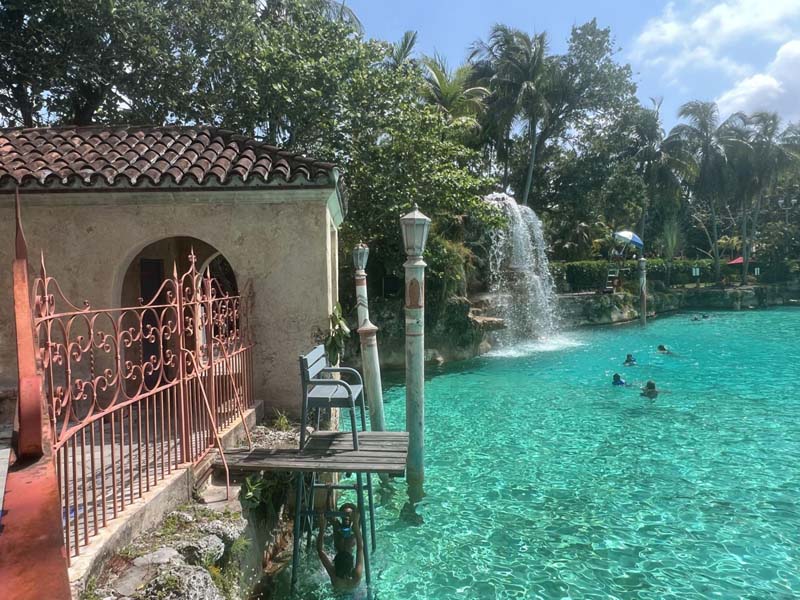
Fig. 10: The Venetian Pool at Coral Gables.
[1] I also greatly benefited from a visit to the special collections of the University of Florida in Gainesville. My thanks to curators James Cusick and John Nemmers for their assistance in navigating the PK Yonge Library of Florida History and the Architecture Archives.
[2] See Zeynep Çelik, Displaying the Orient: Architecture of Islam at Nineteenth-Century World’s Fairs (Berkeley: University of California Press, 1992); and Holly Edwards, ‘A Million and One Nights: Orientalism in America, 1870–1930’, in Noble Dreams, Wicked Pleasures: Orientalism in America, 1870-1930, ed. Holly Edwards (Princeton: Princeton University Press, 2000), 11–75.
[3] See Edward Said, Orientalism (New York: Pantheon Books, 1978); and his later volume of essays, Culture and Imperialism (New York: Alfred A. Knopf, 1993).
[4] My thanks to curator Susan Carter at the Plant Museum for allowing access to this material, who curated a fascinating exhibition that I was able to see during my visit: “Imagined East: Decorative Arts and the Imperial Gaze” (March 24—August 20, 2023).
[5] I spent several days working with the archival and library collections at the St. Augustine Historical Society and Flagler College. Special thanks to Charles Tingley, Katherine Owens, and Jolene Dubray for sharing so much of their time and expertise.
[6] Carrère & Hastings, Florida, the American Riviera: St. Augustine, the Winter Newport: The Ponce de Leon, the Alcazar, the Casa Monica (New York: Gilliss Brothers & Turnure, 1887), 6.
[7] In Miami, thanks goes to the staff of the numerous archives and libraries I had the chance to visit, including Jeremy Salloum (HistoryMiami); Therese Lantigua (University of Miami); and Frank Luca, Nicolae Harsanyi, and Jon Mogul at the Wolfsonian.
[8] Rex Beach, The Miracle of Coral Gables (Coral Gables: Currier & Harford, 1925), 14-15.


